This website uses cookies so that we can provide you with the best user experience possible. Cookie information is stored in your browser and performs functions such as recognising you when you return to our website and helping our team to understand which sections of the website you find most interesting and useful.
-

Dr. Pam Jeffries Upcoming Webinar on Developing Healthcare Simulation Centers to Create Realistic Clinical Scenarios!
Next week on May 15th, world renown nursing simulation expert Dr. Pamela R. Jeffries, PhD, RN, FAAN, ANEF, FSSH, Dean…
-
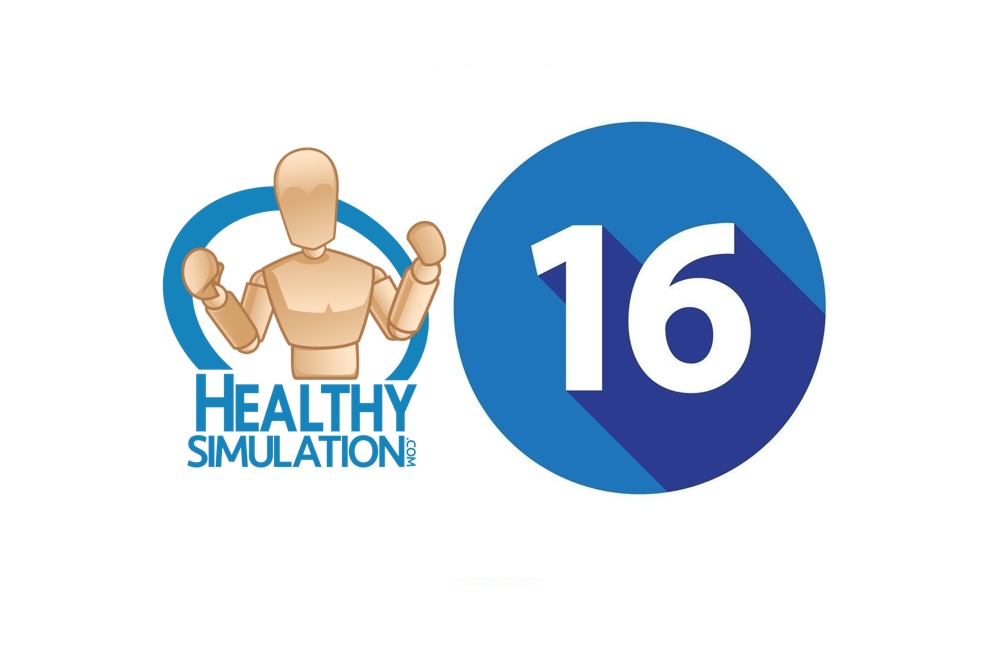
16 Must-Know Healthcare Simulation Key Terms
Key terms in Healthcare Simulation are a core requirement to understanding the unique field. Here then are 16 more new…
-
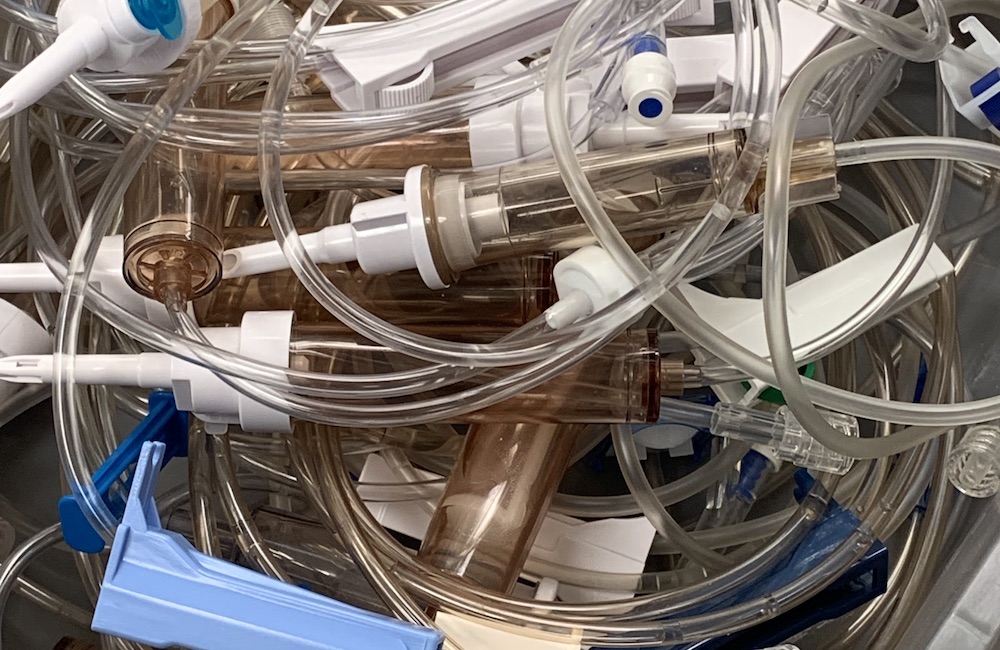
Healthcare Simulation Sustainability: Reuse, Refill, Recycle, Request
Clinical simulation sustainability is an important topic that should be discussed across healthcare simulation programs and medical simulation centers. Healthcare…
-
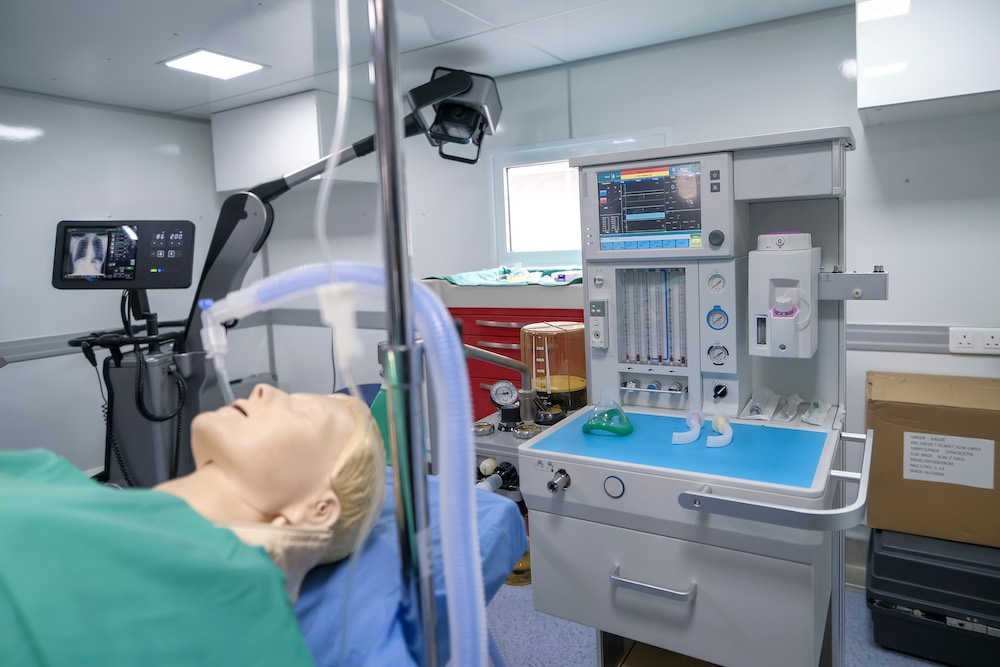
Sim-Zones: Sistema de Organización para el Aprendizaje Basado en Simulación Clínica
En la actualidad, la simulación se ha convertido en una herramienta de gran importancia para el entrenamiento de estudiantes y…
-
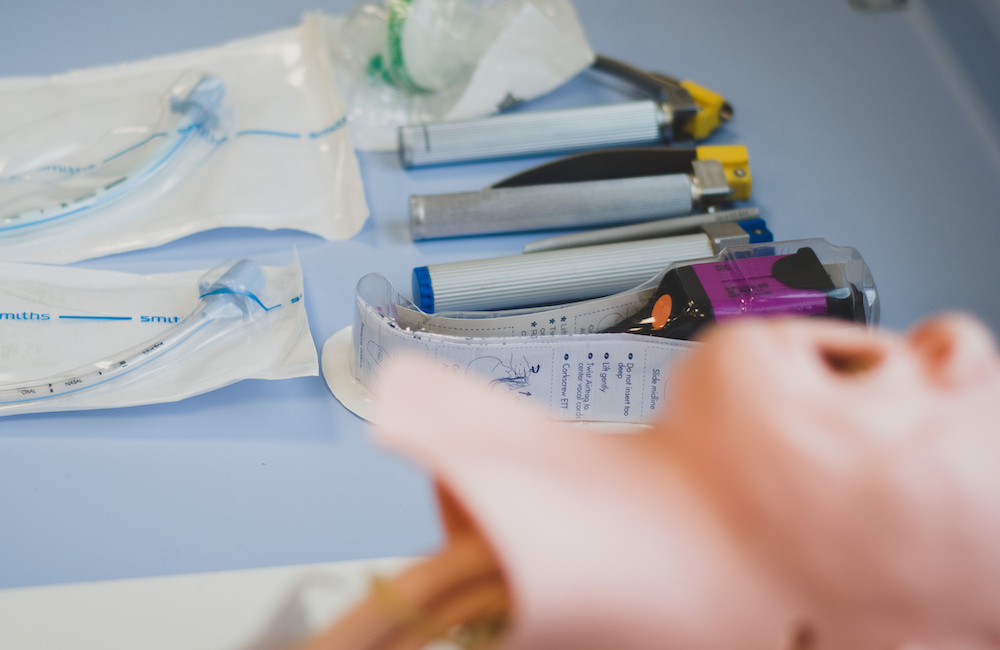
How Automation is Advancing Quality Healthcare Simulation
An automated approach to quality healthcare simulation can be easier to accomplish than anticipated. Healthcare continues to be driven by…
-
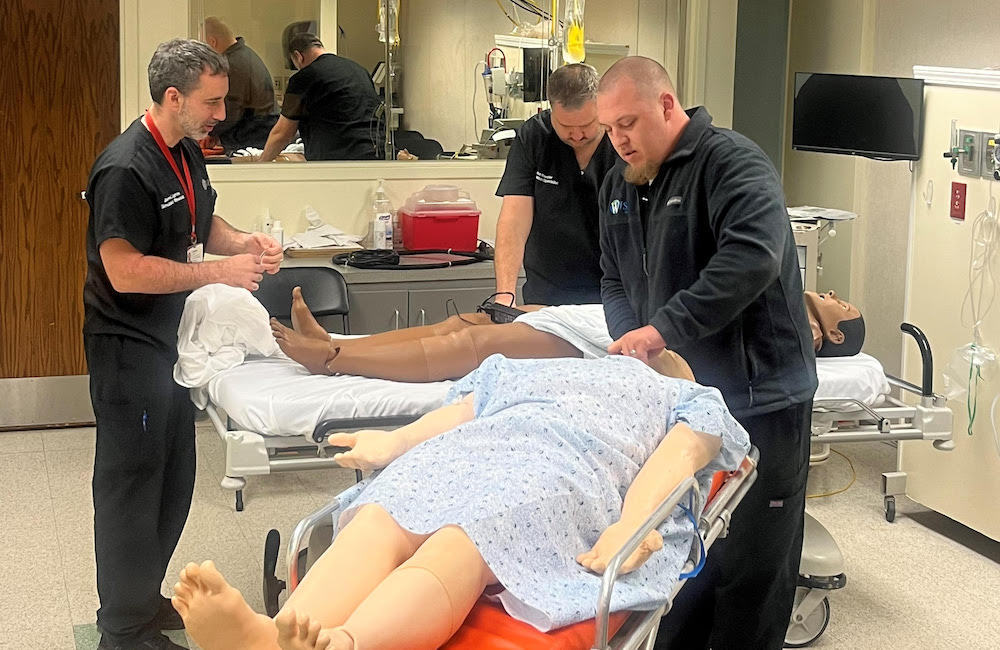
WISER TechSim Course Aims to Improve Sim Center Operations & Efficiency
Healthcare simulation centers often seek training programs designed to educate Simulation Operations Specialists on the key tasks associated with daily…
-

Healthcare Simulation Escape Room Tips & Tricks Part 2
Escape rooms are an effective and engaging way to review concepts and knowledge in healthcare education, and a novel way…
-
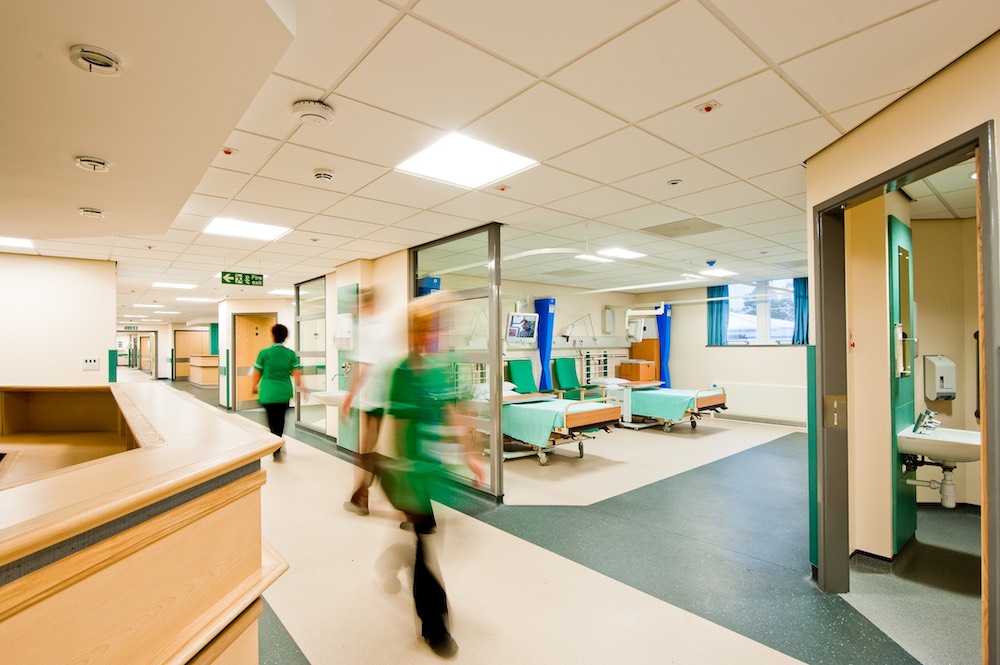
How Simulation Centers Can Expand Use and Support Innovation
Simulation centers often experience periods of low use while contending with variable funding, and healthcare innovators often experience challenges in…
-

Healthcare Simulation Escape Room Tips & Tricks | Part 1
The appeal of using escape rooms in healthcare education has exploded in recent years. There are books and articles published…
-

How To Establish Effective Familiarization Across Healthcare Simulation
One of the most fundamental roles of a healthcare simulation technology specialist is enabling the learning objectives of their clients.…
-

New Clinical Simulation Center Updates | August 2022
Healthcare simulation centers are constantly being unveiled and upgraded across the United States and globally. As technology progresses, these clinical…
-

Mobile Simulation Centers Help Train Learners on the Go
While healthcare simulation centers are often utilized to train learners on medical procedures and practices, some may not have access…



